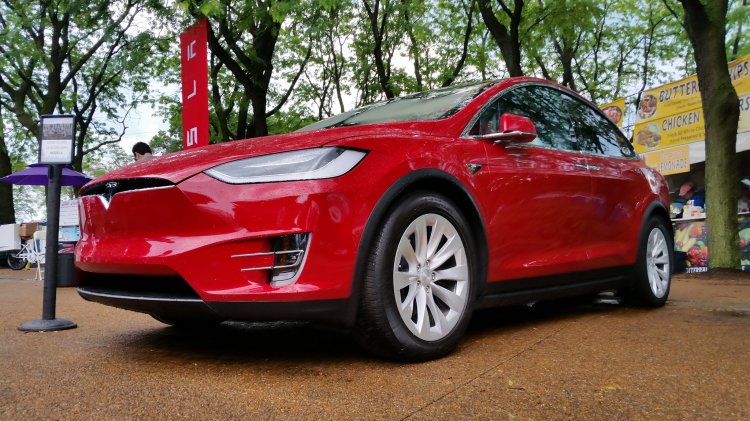Tesla founder Elon Musk today announced that the company will cut 7 percent of full-time employees even as it comes under pressure to dramatically increase production of its Model 3.
In a letter to employees, Musk said that despite progress over the past year, Tesla’s cars remain too expensive for many potential customers.
“We face an extremely difficult challenge: making our cars, batteries, and solar products cost-competitive with fossil fuels,” he wrote. “While we have made great progress, our products are still too expensive for most people.”
The cuts come after a tumultuous year for the electric carmaker. While the company itself made significant progress toward its production goals, it also suffered a number of self-inflicted wounds resulting from Musk’s erratic behavior.
June 5th: The AI Audit in NYC
Join us next week in NYC to engage with top executive leaders, delving into strategies for auditing AI models to ensure fairness, optimal performance, and ethical compliance across diverse organizations. Secure your attendance for this exclusive invite-only event.
Musk notes in his letter that the company “delivered almost as many cars as we did in all of 2017 in the last quarter alone and nearly as many cars last year as we did in all the prior years of Tesla’s existence combined!”
He also says the company made a 4 percent profit in Q3 2018 and will post a (slightly lower) profit for Q4 2018.
The problem is that Tesla was able to post these profits largely because of “higher-priced Model 3 variants.” But Musk says it’s critical the company be able to produce a mid-range Model 3 in all of its markets so it can sell to more customers. Beyond that, the company has to continue working on lower-cost versions.
“The need for a lower-priced variant of Model 3 becomes even greater on July 1, when the U.S. tax credit again drops in half, making our car $1,875 more expensive, and again at the end of the year when it goes away entirely,” Musk writes. “We need to reach more customers who can afford our vehicles.”
The solution for now is cutting jobs while also increasing production. “Tesla will need to make these cuts while increasing the Model 3 production rate and making many manufacturing engineering improvements in the coming months,” Musk wrote. “Higher volume and manufacturing design improvements are crucial for Tesla to achieve the economies of scale required to manufacture the standard range (220 mile), standard interior Model 3 at [$35,000] and still be a viable company. There isn’t any other way.”
Coming into 2018, Musk acknowledged he had made a significant error by leaning too much on robots and automation to produce the Model 3. As such, the company was falling far behind on its production goals. Musk found himself working around the clock at the Tesla factory while the company went on a furious hiring binge. In his letter, Musk notes that the company increased its headcount 30 percent in 2018 — “More than we can support,” he added.
But the strain of all this took its toll on Musk. He found himself getting into fights with analysts and taking an increasingly combative stance toward journalists and other critics who highlighted a potential impending cash crunch for the company.
Increasingly frustrated, Musk tweeted over the summer that he had financing lined up to take the company public. He did not, as it turned out, which triggered an investigation by the U.S. Securities and Exchange Commission. Eventually, he was forced to resign his role as chair in a $40 million settlement with the SEC.
Through it all, shareholders have shown a remarkable willingness to stand by Musk. In premarket trading, stock was down 7.58 percent to $321.00 per share but is still not far off its June 2017 high of $361 per share.


